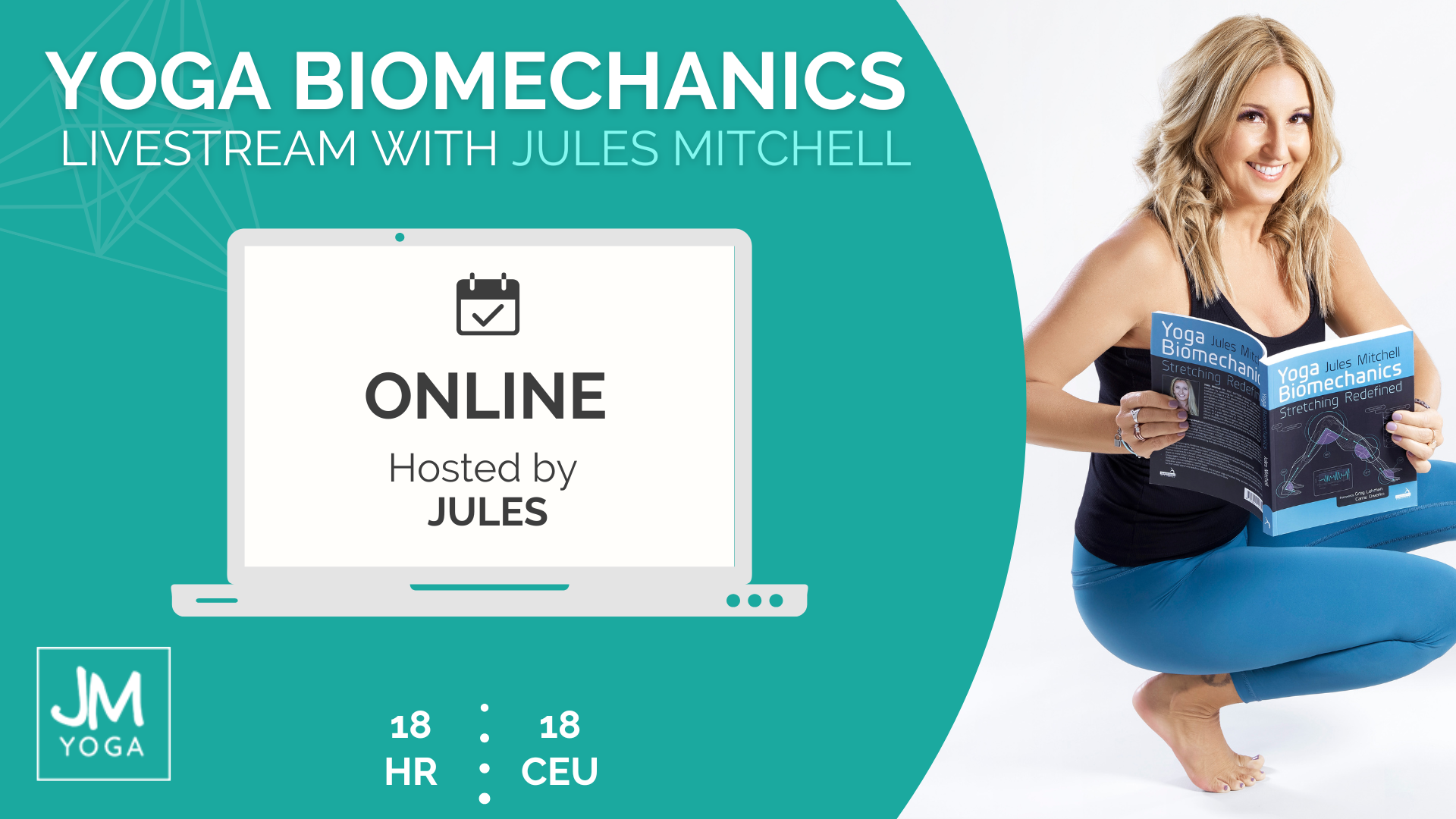Research, is long, drawn out, and makes few claims. The conclusion of most research is “more research is needed.”
Blogs are short, concise, and to the point.
Research tests the hypothesis of a team of scientists.
Blogs express the opinion of (usually) one person.
Research is contextual – the introduction provides a background of prior research, prior conclusions, and prior hypotheses, all of which are supported with dozens of references.
Blogs are often out of context – a single topic stands alone.
Research requires a mountain of resources and references.
Blogs don’t require more than a laptop and a clean working space.
So what happens when someone like me blogs about the research?
The readers gain some insight. And possibly more confusion.
For example, here is an excerpt from my thesis:
Stretch tolerance is the ability for an individual to withstand the discomfort associated with the tensile load at end range of motion. This “sensory theory” emerged because all human trials measuring end range of motion utilize subject tolerance as the limiting factor [9]. Unlike animal studies where tissues can be extracted and tested for inanimate properties, range of motion studies on humans are limited by the subject’s request to stop the stretch in the presence of pain and discomfort. Stiffness may have a reputation for being the cause of inflexibility, but the argument does not hold up in the literature where tolerance is the well established limit to flexibility [1-8, 10].
The above excerpt was pulled from Chapter 10, page 146, of my thesis. That means it took me 9 full chapters and 145 pages of context to be able to write that paragraph. At that point, the reader should be fully aware that the topic of tolerance (which in typical blog format stands alone) is actually just one piece of many complex interactions including mechanical and neurological adaptations to stretching, joint friction, genetic factors, chemical environment, characteristics of the subjects tested, methods of data collection, technological advancements in methods of data collection, statistical analysis, and so on. I wrote that paragraph within the context of the entire body of literature. Hence 10 citations for the single paragraph excerpt, some of which, when read independently of the rest, do not actually support tolerance. (FYI, you can find any single research paper to support or deny just about any hypothesis you have.)
If I were to write a blog on the topic of tolerance, in order to make it quick and digestible, I would have to leave out 146 pages of background information and choose just one or two citations to support my statements. If I were to include these details in the blog, however, it would no longer be a blog. The result would be a manuscript which I would be submitting to the journals for publication. It would be research; a literature review. Hmmm…kind of a like a thesis.
But that format doesn’t work for all of us yoga teachers. We just want to know what to say so we go on about our teaching – while keeping our students safe, being well informed, well intentioned, and properly educated. We are not expected, nor paid to be evidence based teachers. We just want to know if we are doing it, or saying it, “right.”
So in an interview, at a workshop, or in a blog, I may say something like “tolerance is the primary factor in flexibility” or “the nervous system allows a bit more range of motion after a PNF stretch maneuver.” Those statements, however, are just one tiny piece of the big picture. They are oversimplified, reduced statements to make a quick point. You won’t find research on the nervous system allowing anything. I promise. You will find research on afferent and efferent reflex arcs – the kind of language that will make your head spin before knocking you unconscious.
I guess my point to all this is that there is never just one answer. We must accept that, for every conclusion we make, someone else will make another. But we can learn from those opposing conclusions to piece together the greater context.
This requires some analytical skills.
We must also remember that any blog we read is still that person’s opinion. At the end of my Science of Stretching lecture, I post a slide titled “Limitations.” One of those limitations is that I just downloaded on you my understanding of the literature. Thank you for believing in my dedication to biomechanics education for yoga teachers. You may find conflicting information in another blog.
Enter your analytical skills.
If you want a definitive answer, you will have go to research for that. Here, let me save you some time: the definitive answer is always “more research is needed.”
__________________________________________________
[1] Bojsen-Møller, J., Brogaard, K., Have, M. J., Stryger, H. P., Kjaer, M., Aagaard, P., & Magnusson, S. P. (2007). Passive knee joint range of motion is unrelated to the mechanical properties of the patellar tendon. Scandinavian Journal of Medicine & Science in Sports, 17(4), 415–421. doi:10.1111/j.1600-0838.2006.00591.x
[2] Knudson, D. (2006). The biomechanics of stretching. Journal of Exercise Science & Physiotherapy, 2, 3–12.
[3] Konrad, A., & Tilp, M. (2014). Increased range of motion after static stretching is not due to changes in muscle and tendon structures. Clinical Biomechanics, 29(6), 636–642. doi:10.1016/j.clinbiomech.2014.04.013
[4] LaRoche, D. P., & Connolly, D. A. J. (2006). Effects of stretching on passive muscle tension and response to eccentric exercise. The American Journal of Sports Medicine, 34(6), 1000–1007. doi:10.1177/0363546505284238
[5] Magnusson, S. P. (1998). Passive properties of human skeletal muscle during stretch maneuvers. A review. Scandinavian Journal of Medicine & Science in Sports, 8(2), 65–77.
[6] Magnusson, S. P., Simonsen, E. B., Aagaard, P., & Kjaer, M. (1996). Biomechanical Responses to Repeated Stretches in Human Hamstring Muscle in Vivo. The American Journal of Sports Medicine, 24(5), 622–628.
[7] Magnusson, S. P., Simonsen, E. B., Aagaard, P., Sørensen, H., & Kjaer, M. (1996). A mechanism for altered flexibility in human skeletal muscle. The Journal of Physiology, 497(1), 291–298.
[8] Reid, D. A., & Mcnair, P. J. (2004). Passive Force, Angle, and Stiffness Changes after Stretching of Hamstring Muscles. Medicine & Science in Sports & Exercise, 36(11), 1944–1948. doi:10.1249/01.MSS.0000145462.36207.20
[9] Weppler, C. H., & Magnusson, S. P. (2010). Increasing muscle extensibility: a matter of increasing length or modifying sensation? Physical Therapy, 90(3), 438–449. doi:10.2522/ptj.20090012
[10] Ylinen, J., Kankainen, T., Kautiainen, H., Rezasoltani, A., Kuukkanen, T., & Häkkinen, A. (2009). Effect of stretching on hamstring muscle compliance. Journal of Rehabilitation Medicine, 41, 80–84. doi:10.2340/16501977-0283
Extend Your Learning: Online Education With Jules
Yoga Biomechanics Livestream
My flagship 3-day livestream course is for teachers who have an insatiable curiosity about human movement and kinesiology, are eager to know what the research says about yoga, and are open to accepting that alignment rules aren’t always accurate. Includes 30 days of access to the livestream replay and slides. 18 CEUs. Learn more >



Smart and thoughtful as usual, Jules. Your blog is an excellent way for yoga teachers to refine our questions, as opposed to pinning down conclusions…thanks for continuing the dialogue!
I like to educate my students and yet simplify the facts as well, , when doing so I have found that new research may contradict itself in the upcoming months or years, it does spin my head around. Thank you for simplifying this in your blog, I will move forward knowing that it all can change tomorrow, and hopefully this will bring my frustration level down a bit as I find acceptance in opposing views and continue to read on.
I searched twitter for #bodynerd and this came up. Aaahh what a nice piece of common sense to start my day. Reminding me I am not alone in this world of fitness.
I feel your pain describing the mountains of paper you go through to reach a simple conclusion but you then struggle to share that conclusion without also sharing the work that got you there.
Thanks for putting this struggle to words and sharing.